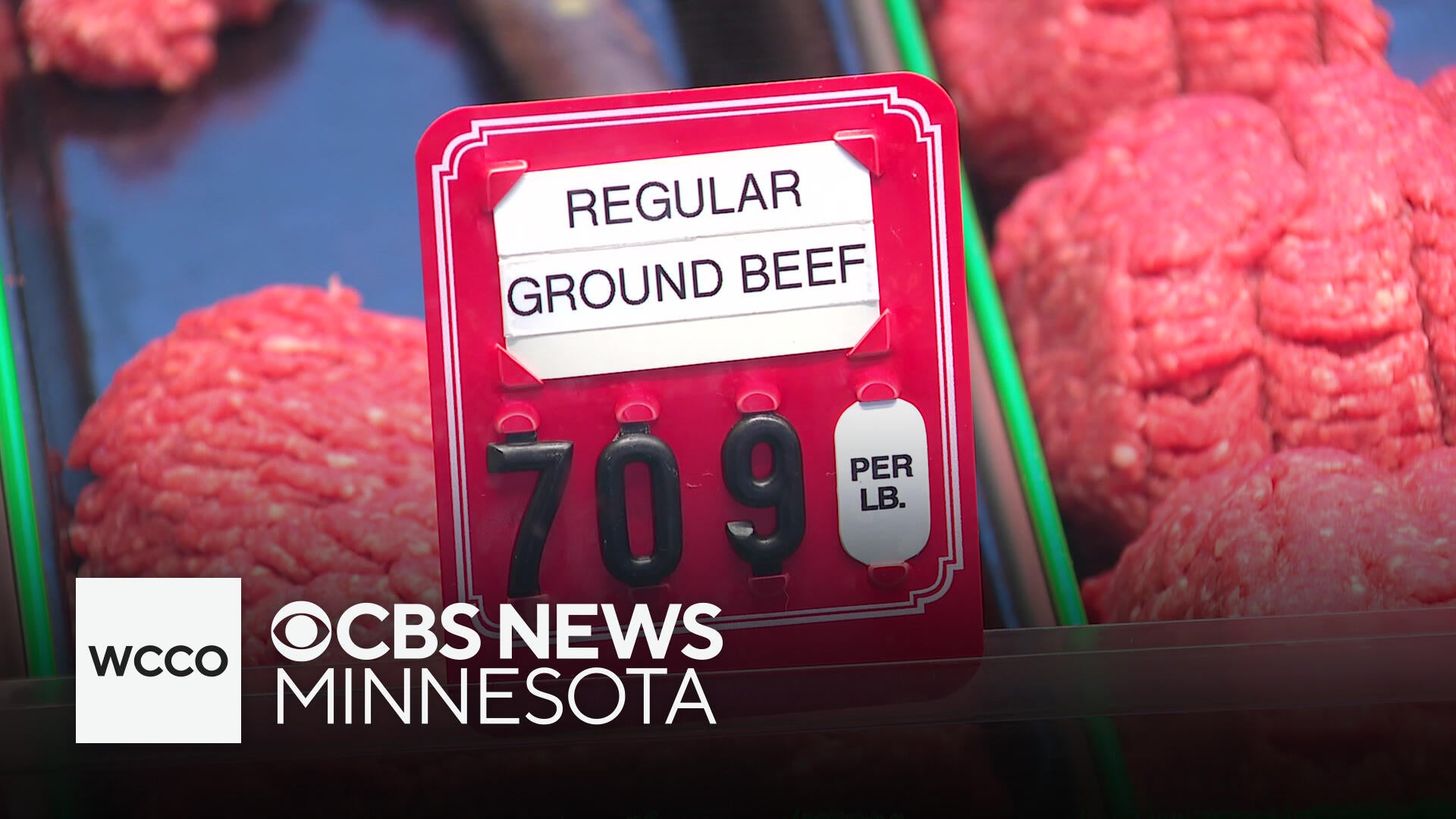Beef prices are up 14% in the last year. What's behind the price jump?
A key ingredient for the quintessential Minnesota hot dish recipe keeps going higher and higher in price, giving people sticker shock at butcher shops and grocery stores.
Quality cuts at competitive prices have kept customers coming back to Ready Meats in Minneapolis for nearly 80 years. But it's a business model that's getting tougher to navigate.
"It's kind of crazy to think of when I started 20 years ago that prices seemed so low and so manageable," said owner Ryan Nalezny. "Now it's kind of a scary time where prices are so high that we have to keep a closer eye on it."
He's talking specifically about ground beef prices. His shop is selling it at $7.09 per pound.
"I think we tried to keep it under $6 per pound about a year ago," he said.
In August 2024, Americans were paying about $5.58 per pound for ground beef, according to the Federal Reserve Bank. But this August, it jumped to $6.32 a pound. Overall, beef prices have risen nearly 14% since this time last year.
So why are ground beef prices so high?
"Our suppliers are just kind of telling us that the cattle supplies are a little bit smaller and then the demand for beef is still quite high," Nalezny said.
Michael Swanson, an agriculture economist with Wells Fargo, echoed those sentiments.
"People love [ground beef], so there's great demand for it," Swanson said. "And we have fewer cattle and people are having to spend more to buy those cattle to turn it into that ground beef."
In 1975, the number of beef cattle in the U.S. peaked at 47.5 million, according to the U.S. Department of Agriculture. Today, there's just under 28 million, the lowest number since the 1960s.
What is leading to fewer herds right now? Swanson said cattle farmers have struggled to make money on the livestock in the past decade. Drought conditions since 2021 stifled grass growth, which feeds cows. Swanson said those factors forced farmers to shrink their herds, leading to fewer calves being born.
"It's a chain reaction that has many years of consequences," Swanson said.
Other factors impacting prices include the higher cost of feed and tariffs on beef imports.
"We are noticing more people buying pork and chicken as well, but they still want their beef," Nalezny said.
"In fact, Americans will eat more beef this year than last year at record prices," Swanson said.
That high demand, coupled with low supply, is a boon for cattle ranchers — but it's leaving butchers and their customers a little lean in the wallet.
"We're trying not to raise the prices every week. We're keeping a close eye on it," Nalezny said.
The USDA projections suggest the price of beef could shoot even higher in 2026. Derrell Peel, a professor in the department of agricultural economics at Oklahoma State University, said it will be several years before prices level off.
"We're going to be in a tight-supply situation, in an elevated-price situation for the next two to three years, probably to the rest of the decade," Peel told CBS News in July.





